11 Investigates: The Murder on Brown Road
A 15-year-old boy's murder in 1980 has never been solved. But its parallels to a serial killing spree around the same time period are raising new questions.
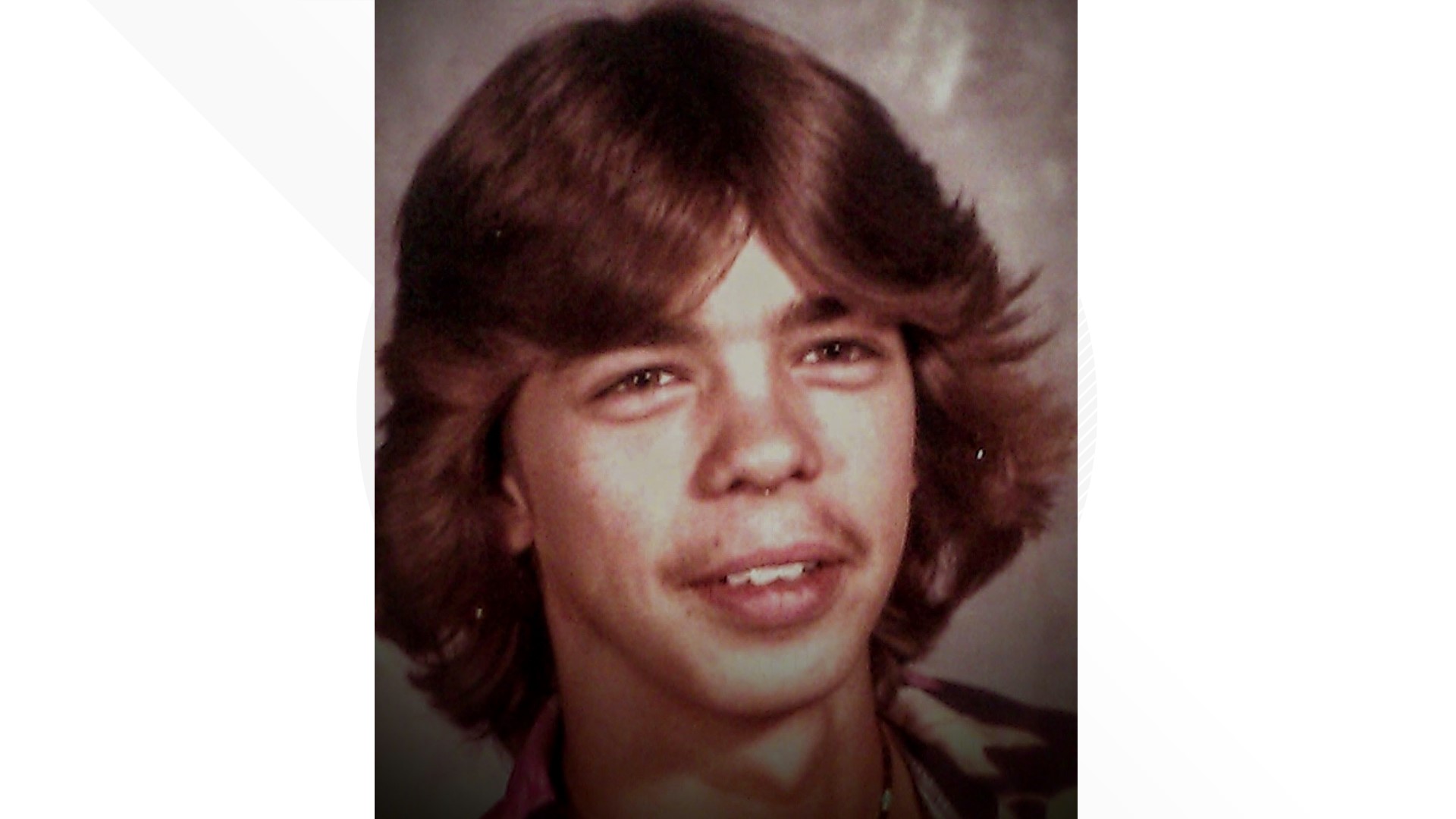
In the early morning hours of May 10, 1980, John Hansen was driving down Brown Road in Jerusalem Township, headed to his job in North Toledo.
It was 6:25, five minutes after sunrise. A hunter, Hansen had trained himself to spot animals in the early daylight. He watched for deer running from the fields.
Today, Brown Road is dotted with houses. In 1980, Hansen and his wife lived on the road, but few others did. It was penned in by corn and soybean fields.
Heading west, Hansen made out a body lying on the side of the road, just before Lyon Road.
“One of our neighbors was autistic. I thought he may have been hit,” Hansen says.
But as he got closer, he could see that the young man was not his neighbor and that the boy had severe damage to the back of his head.
“I kind of rolled down my window and said, ‘You all right, buddy?’”
Mark DiStefano was not all right.
After Hansen returned home to call 911, responding deputies and Toledo officers discovered that the 15-year-old boy, who was known for his easy-going personality, had been shot twice in the back and three times in the head.
His pockets were turned out. Investigators initially believed he was a robbery victim. An early report said he was shot with a rifle, possibly a .22 caliber.
There were no witnesses. But there was no reason to believe that the violent crime was anything more than a young man being in the wrong place at the wrong time.
Chapter 1 The kid with the big smile

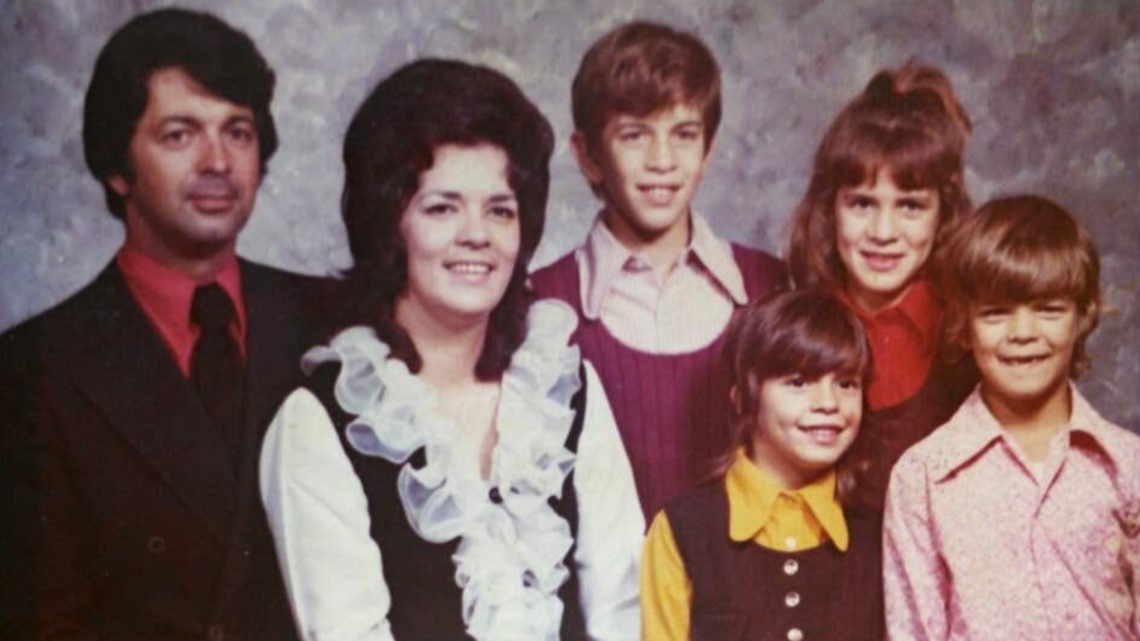
Mark Anthony DiStefano was the third of four children.
His mother, Billie, married masonry business owner Mike Halka in the 1970s. He built a large home for his family on Lyon Road.
The property was large enough that Mark, along with his older brother Mike and sister Angela, could find plenty of places to get into some wild adventures. Jacqueline was his baby sister. He was a proud big brother.
A good-looking kid, Mark shot up to about 6 feet by the time he turned 15. Older girls loved him, some of them Angela’s girlfriends.
“He had no enemies. He was full of life. He loved life. He always smiled. Nothing ever bothered him, and he was always cracking jokes,” Angela says.


Calvin Jones, a close buddy of Mike DiStefano’s and a near-constant presence at the Halka property, was used to having Mark around.
“He was a good kid, man, real mild-mannered. He was not a problem child,” Jones says.
On May 9, though, Mark was not allowed to attend a school dance after being caught smoking in the bathroom. However, his parents agreed to let him go to an afterparty with his girlfriend. After stopping at a couple locations, including a restaurant in town, Mark was driven back to the home of Larry Menter on Howard Road.
“Me, Mark, and one other guy were hanging out at my dining room table. We got into a little vodka. The one guy was spending the night. I told Mark it was so late that he should just spend the night. But he wanted to go home and sleep with his dog,” Menter says.
Menter says Mark walked out his front door at 4:30, headed home to see his new German shepherd puppy. His home on Lyon Road was a little more than two miles away. The journey would require him to walk 1.6 miles on Route 2, a distance that wasn’t unusual for him to do.
Mark should have arrived home by 5 a.m. Instead, his body was found about 90 minutes later on Brown Road, 69 feet east of Lyon Road, 12 feet off the roadway.
Dr. Harry Mignerey, the then-Lucas County coroner, placed the time of death as 4:30.
It was a rare murder in eastern Lucas County. The brutality of it was even more unusual.
But four days later, the most brutal crime spree in northwestern Ohio would begin. It started with a murder eerily similar to Mark's.
Chapter 2 The Investigation
Captain Matt Luettke took over the detective’s division of the Lucas County sheriff’s department in 2018. One of the first cases he looked at was the murder of Mark DiStefano.
He has boxes of files involving the case.
“I’ve treated this case as if it happened last Sunday, as opposed to 40 years ago,” Luettke says. “We’ve gone to other states, southwestern states. We’ve gone to other places to get information and collect evidence. We’ve had prison officials conduct interviews with people incarcerated.”
He says he needs the public’s help. He asks that anyone with a lead email him at mluettke@co.lucas.oh.us or call CrimeStoppers at 419-255-1111. Tipsters can remain anonymous.
Over four decades, dozens of rumors have circulated around town. Mark’s uncle, Jim Hymore, says he knows who killed his nephew.
He says he and his wife were at a party shortly after Mark’s death.
“This guy was drinking tequila and out of nowhere told a story about him and his buddy getting beer at Bono Tavern. He said they then went out to the pier, where he got into this hot fight with a Halka kid. Then, ‘bang, bang, no more Halka,” Hymore says the man told him, not knowing that Mark was his nephew and that the teen’s last name was DiStefano.


But I spent dozens of hours in the region, driving between the various sites and talking to people with information about the case. Most people agree that it makes little sense that Mark would have gotten into a car with a nearly complete stranger and agree to go to the pier, especially when he was hell-bent on going home to his dog. The timeline also would not fit. If he left at 4:30, as Menter says, going to the pier, being killed, and then dumped would not fit with Dr. Mignerey's ruling on time of death.
But Hymore is convinced the man killed his nephew. The man he suspects died in 2018.
Luettke says his team considered that lead and many others. He wants to give the family closure.
“My heart goes out to those families. I can’t even imagine not knowing who killed my loved one,” Luettke says. “I can’t imagine for any of those families what they go through every day. And you can tell when you talk to those families – that it is every day. It may have been 40 years ago, but to them, it’s still very real, very fresh.”
But the family is dwindling.
Jacqueline died in 2001 of breast cancer, just 34 years old. Mike DiStefano never got over the death of his baby sister and brother. He died in 2008 of a massive heart attack. Mike’s son died in 2010. Angela’s husband, Luke, passed away in 2004. Her father died last year and Billie rests alongside Mark in the Oakwood Cemetery on Brown Road.

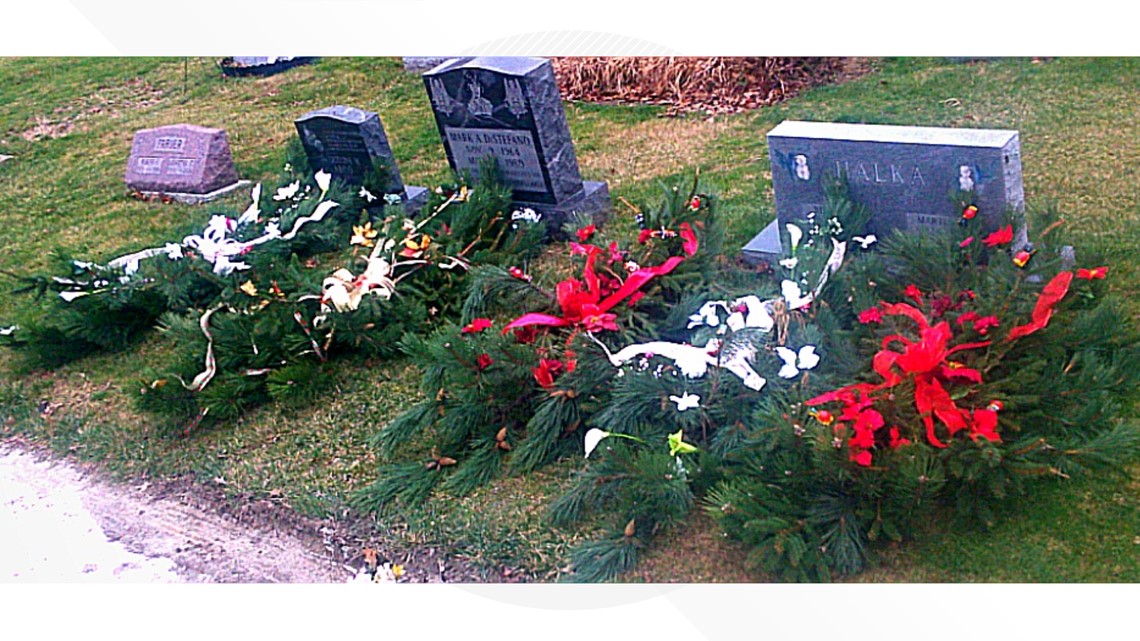
“I walk the floors at night. I dream about Mark. I talk to him. I went to the grave and told him, ‘You have to help me get information,’” Angela says.
On Feb. 19, she believes Mark answered her pleas.
That night, 11 Investigates aired a special devoted to the 16-month killing spree by brothers Anthony and Nathaniel Cook. The retelling of the crimes made Angela sit up on her couch.
“I always wondered about those Cook brothers,” she says. "I believe they did this."

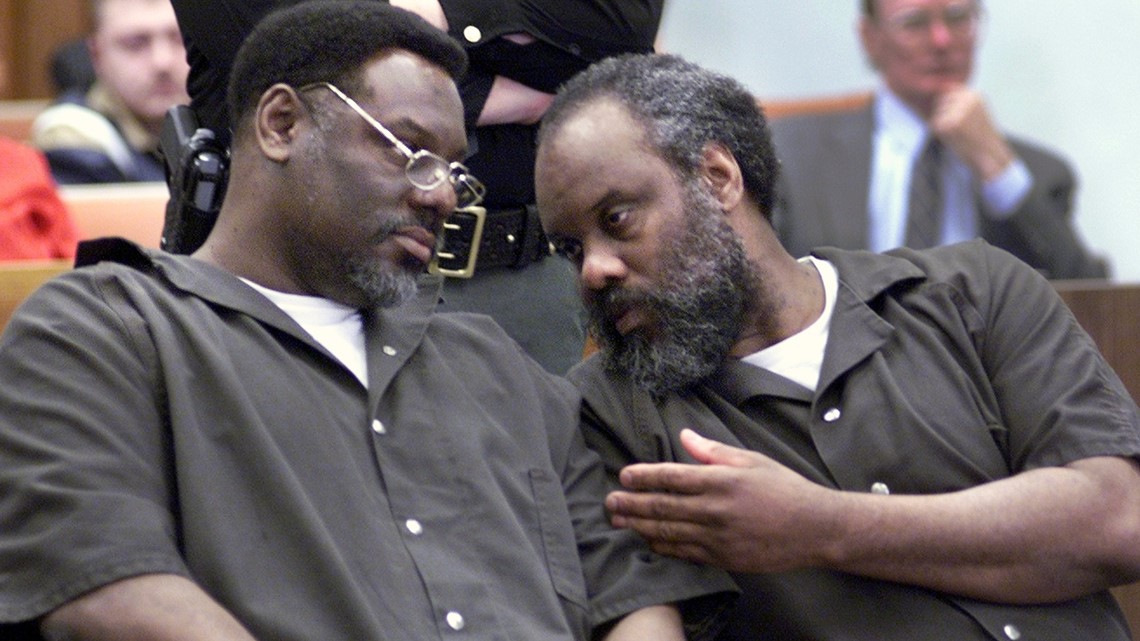
Chapter 3 Just a Coincidence?
Four days after Mark’s body was found on Brown Road, Anthony and Nathaniel Cook begin their killing spree.
On May 14, the murders begin with the abduction of Sandra Podgorski and Tommy Gordon. After being driven to a remote location, Gordon temporarily escaped from his captors.
In an April 3, 2000, confession interview with detectives, Anthony Cook explained how his brother, Nathaniel, chased down Gordon as the young man ran across a field.
“He broke and ran. I told him to go get him and shoot him,” Cook says.
Detective Tom Ross responds, “Is Nathaniel armed with a rifle?”
“Yes, a rifle. I heard multiple shots.”
Tommy Gordon died from at least four shots from a .22-caliber rifle. In the days after DiStefano is killed, a detective says he believes that a .22-caliber rifle was used to fire five shots into him.
Is it possible that the two killings could have been carried out by the same person?

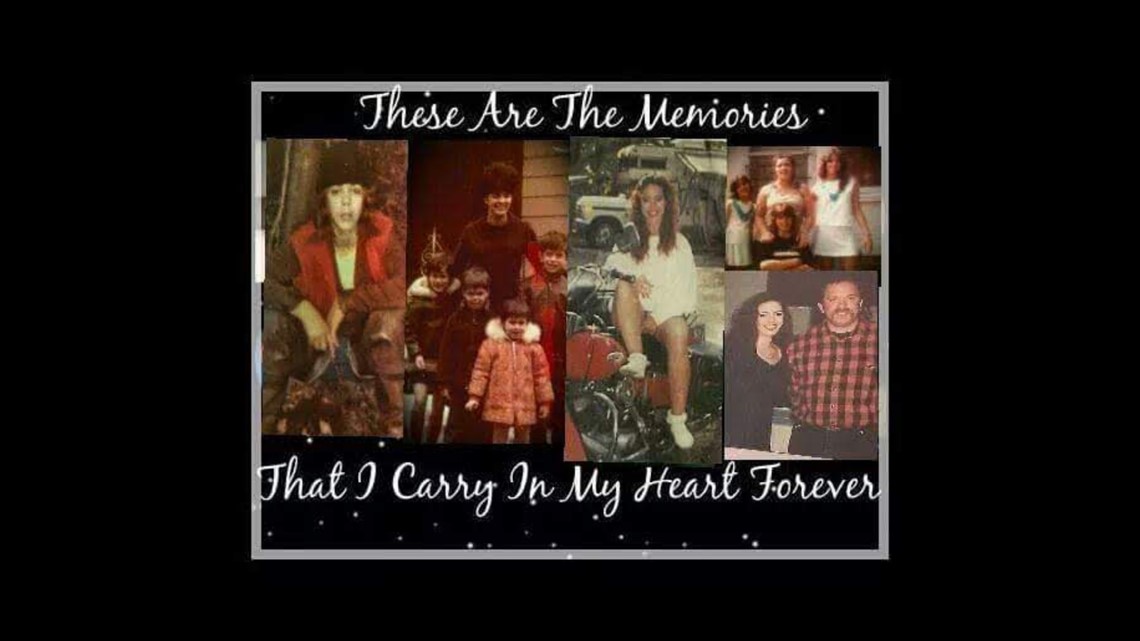
Multiple people interviewed by 11 Investigates believe that someone picked up DiStefano as he was walking on Route 2. While unusual, his sister says he may have agreed to a ride. After turning onto Lyon, the driver would have continued past the home to Brown Road.
“I don’t think it was anyone from out there. I think he tried to run,” Angela says. “They shot him twice in the back. He had to be down, but then to shoot him three more times in the head …”
According to Angela’s narrative, the driver would have turned left onto Brown and pulled off to the right side of the road. If Mark ran, he could have been hit twice while running across the road. His body was found on the north side of the road.
A police source confirms that shell casings were found in multiple locations. Could the first two casings have been on the right side of the road, then others across the road as the killer fired the final three shots into Mark?
Because it is an open investigation, Luettke refuses to confirm any specific details.
I mention the DiStefano case to retired Toledo police detective Frank Stiles, who hunted the Cooks for years and worked with me in telling the story of the serial killings. The method of killing and other details sparks his interest. Despite being the lead investigator in the Cook case, Stiles was never told of DiStefano’s killing.
That fact does not mean that anyone dropped the ball. It was not as easy for police agencies to communicate 40 years ago.
But the geographic location is not as unlikely if a March 30, 1981, killing by Anthony Cook is considered. On that date, Cook killed Denise Siotkowski and Scott Moulton after abducting them from the Fountain Circle Apartments in Oregon. The Cook brothers’ sisters lived in the complex. The apartment is a straight drive down Navarre Avenue to where DiStefano is likely abducted.
Luettke shows me a report from Stiles in which the former detective wonders about a possible connection. Angela says that she was told years ago that the Cooks were ruled out. A woman who talks to me at the Bono Tavern shows me an email from a detective sent about two years ago. The detective tells her the Cooks are no longer suspects.
However, that is not what Luettke now says.
“At this point, we can’t rule anybody out, but I can’t list a suspect either,” he says.
He confirms that new ballistics testing is being done, and he is awaiting DNA results.
Anthony Cook told detectives that he cut up the rifle and buried the pieces in different locations after Gordon’s killing. However, bullets collected from the bodies of Gordon and Distefano can almost tell the same story as the actual gun. Luettke says ballistics and DNA have advanced tremendously in recent years.
It's been so many years. Angela hopes scientific advances will at last yield the final pieces of the puzzle.
Chapter 4 Still waiting for closure
Following an interview at her home, Angela and Calvin come with me to the scene of Mark’s killing. It is the first time, she says, that she has been at the location since 1980.
“I always found different roads to take,” she says.
It is also the first time she has seen the actual site of her brother's killing. In her mind, she always believed he was slain on the south side of the road. She stares at the spot that I point out. Then she breaks down, burying her face into Calvin’s coat.
“I can’t do it,” she says, walking away with the support of her friend.
“I’m like her only brother now. I have to be here for her,” Calvin says.
About a mile down the road, an image of a smiling young man adorns a headstone in the Oakwood Cemetery.
“Mark A. DiStefano. November 9, 1964 to May 10, 1980,” the headstone reads.


A bald eagle soars into the branches of a large tree overlooking the cemetery. The setting sun illuminates the sky in a brilliant red.
40 years later, there is a peaceful beauty around the young man's final resting spot. But 40 years later, there is still no closure in his ugly, savage death.


